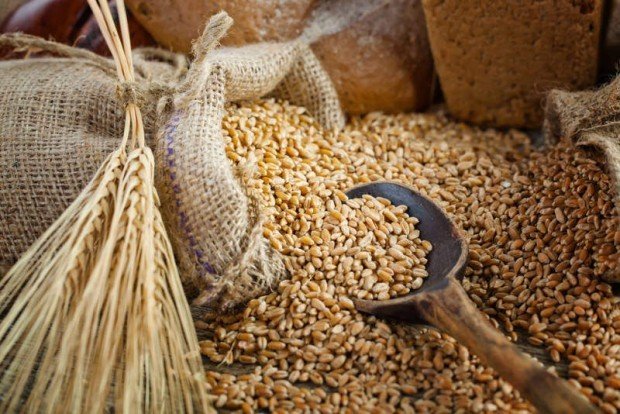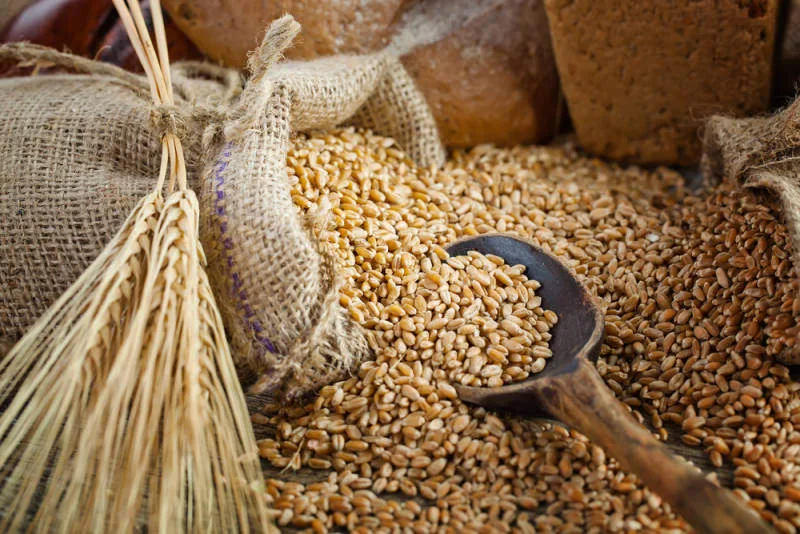For many, grains are a common food staple in their dietary lives, with white rice being their grain of choice. However, there are healthier, whole-grain options that provide more nutrients, are just as filling, and are even gluten-free. Studies have shown that regular, daily consumption of whole grains can reduce your risk of diseases like diabetes, heart disease, and stroke by over 10%.
White Rice Alternatives
Read on to discover the different forms of grains beyond white rice.
1. Amaranth
Amaranth is not a grain, but it is treated as one for culinary purposes. Aside from being high in fibre, this grain is a great source of protein, making it the perfect staple food for vegans and vegetarians. Amaranth is also rich in magnesium, calcium, and squalene – a compound that has been linked to cancer prevention. According to a study, amaranth can be considered an anti-inflammatory food as it prevents the activation of a pathway that triggers inflammation in both humans and mice. This grain can be boiled, used as flour, and also as a thickening tool for soups and sauces.
2. Barley
Although often synonymous with malting – and making different forms of alcoholic beverages – barley is one of the healthiest whole grains. It’s loaded with fibre – containing more than brown rice – as well as selenium (an antioxidant that helps with cell damage), phosphorous, and manganese.

Not only can barely potentially reduce cholesterol, but it also has probiotic effects – feeding the good bacteria in your gut. Barely comes in two different forms – hulled and pearled. Pearled barley is more refined, so opt for hulled barley as the former contains fewer nutrients. Barley can be ground into flour, enjoyed as a breakfast meal, and even added to stews.
3. Brown Rice
As opposed to its processed counterpart, brown rice is rich in fibre and has plenty of micronutrients. Still maintaining its natural form, brown rice is a good source of magnesium and selenium, proving its nutritional superiority. Furthermore, studies have shown that as instead of white rice, a diet consisting of brown rice can decrease your risk of diabetes and cardiovascular diseases. Click here for our mango teriyaki salmon recipe with brown rice.
4. Buckwheat
Like amaranth, buckwheat is only referred to as a grain for culinary purposes. Buckwheat is in fact a herb whose seeds are crushed before being cooked like rice.

It can also be used as flour. It does not contain any wheat thus it can be eaten by individuals who have a sensitivity to gluten. Buckwheat is rich in antioxidants, fibre, and magnesium and studies have shown that eating buckwheat reduces your risk of cardiovascular disease as it lowers the dangers of high blood pressure and cholesterol. It also helps prevent diabetes as it can lower blood glucose levels.
5. Farro
The grain, with its nutty flavor, is extremely high in fibre – more so than brown rice or quinoa – making it an easily digestible grain. The grain also provides a healthy dose of zinc, magnesium, and vitamin B, which are nutrients that can provide for a healthy immune system as well as better muscle function. Farro is also a great source of protein and combining it with other plant-based foods allows for it to become part of a high-protein meal. The grain can also be added to fruit and cream to be enjoyed as a form of muesli. Lastly, the term farro is often used interchangeably in different regions and countries to refer to the grains like einkorn, emmer, and spelt.
6. Millet
It may be seen as bird food but millet is just as good for humans. This grain is not only a good source of protein, but it’s been linked to lowering the risk of diabetes as it helps to control glucose levels. The study revealed that millet has less of an effect on blood glucose levels than rice. This yellow grain can be eaten as porridge or as part of a high-protein meal when accompanied by vegetables or lentils.
7. Quinoa
Quinoa is slowly becoming the most common grain alternative to white rice and for good reason.

Aside from being rich in vitamin B, folate, iron, and zinc, quinoa contains a large amount of protein – more so it contains all the essential nine amino acids, making it the perfect addition to any vegan or vegetarian diet. Its rich nutritional value has been credited to the grain lowering the risks of various diseases. It’s also completely free of gluten.
8. Sorghum grain
This extremely versatile grain is gluten-free, meaning that it can be a staple for many meals. Sorghum can be eaten as porridge, used as flour, transformed into popcorn, and even used as a sweetener for alcoholic beverages. According to studies, this grain is not only a great source of fibre, but it also possesses the ability to slow down the absorption of sugar thus keeping blood sugar and insulin levels steady.
As delicious as these grains are, you may not be willing to switch up your diet just yet. If you insist on sticking to white rice, make sure you keep your portions in check. Additionally, try adding plenty of vegetables and even beans to your meals.



![women [longevity live]](https://longevitylive.com/wp-content/uploads/2020/01/photo-of-women-walking-down-the-street-1116984-100x100.jpg)










